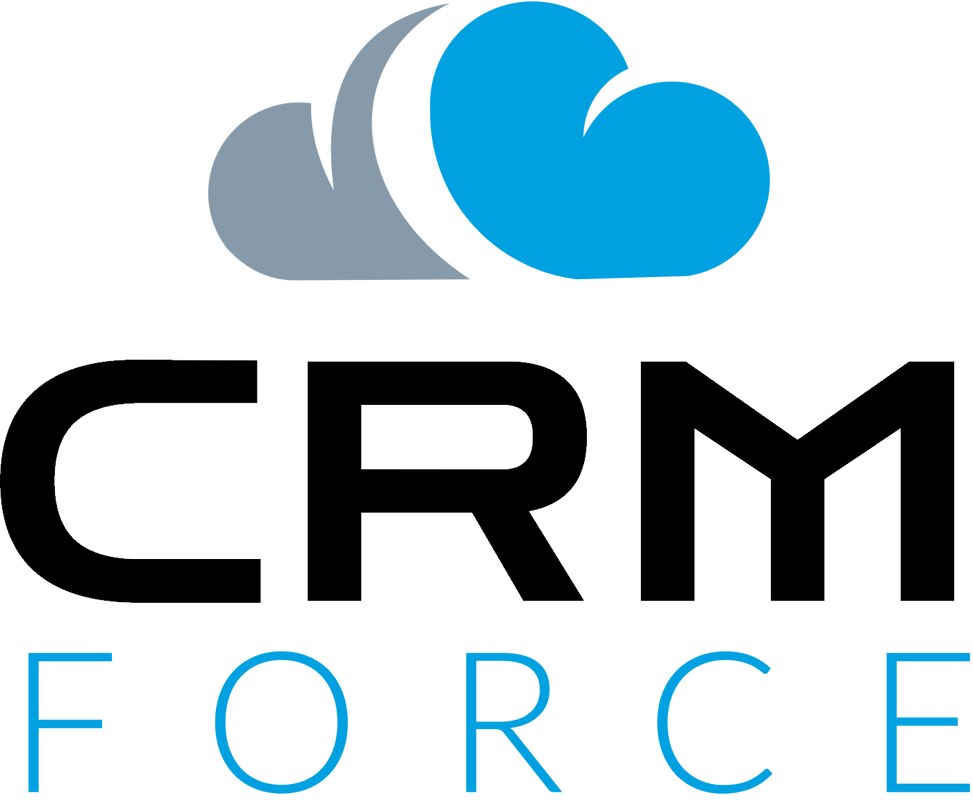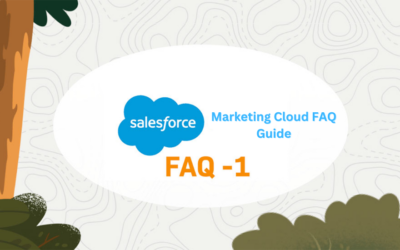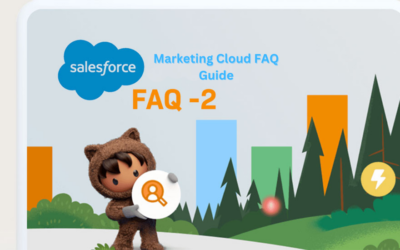This is Part 3 of 3 of this article series. View all parts here.
- What is a custom setting in Salesforce, and how is it different from a custom object?
Answer: A custom setting is a type of data that allows you to create custom configuration data that can be accessed across the organization. It is similar to a custom object but is used for storing application settings and preference data rather than business data. - How do you enable multi-currency in Salesforce?
Answer: To enable multi-currency, go to Setup, navigate to the Company Information page, and enable the multi-currency feature. Once enabled, you can define the active currencies and conversion rates. - What is the difference between a workflow rule and a process builder in Salesforce?
Answer: A workflow rule is used to automate standard internal procedures and processes based on certain criteria. It can perform field updates, send email alerts, or create tasks. Process Builder is a more advanced tool that allows you to create more complex automated processes with support for multiple actions, decision criteria, and immediate or scheduled actions. - How do you create a Lightning record page in Salesforce?
Answer: To create a Lightning record page, go to the Object Manager, select the object, and click on “Record Pages.” Click on “New” and choose the type of Lightning page you want to create, such as a record detail page or a record home page. - Explain the difference between a lookup relationship and a master-detail relationship in Salesforce.
Answer: In a lookup relationship, the child object has a reference to the parent object, but the deletion of a parent record does not affect the child record. In a master-detail relationship, the child object is dependent on the parent object, and the deletion of the parent record also deletes the child record. - How do you create a dependent picklist in Salesforce?
Answer: To create a dependent picklist, define a controlling field and a dependent field. Then, specify the values for the controlling field and the corresponding dependent values for each controlling value. - What are sharing rules in Salesforce, and when are they used?
Answer: Sharing rules are used to extend access to records in Salesforce beyond what is provided by the organization-wide defaults and role hierarchy. They are used to grant additional access to specific users or groups based on certain criteria. - How do you create a custom report type in Salesforce?
Answer: To create a custom report type, navigate to the Object Manager, select the object, and click on “Report Types.” Click on “New Custom Report Type” and define the relationships and reportable objects. - What is the purpose of the Data Loader in Salesforce, and how is it used?
Answer: The Data Loader is a client application that allows you to import, export, update, and delete data in Salesforce. It is particularly useful for bulk data operations and can be used to perform data updates from external sources. - How do you set up email templates in Salesforce?
Answer: To set up email templates, go to Setup, navigate to the Email section, and select “Email Templates.” Click on “New Template” and choose the template type. Then, define the template content and merge fields. - Explain the difference between a public group and a queue in Salesforce.
Answer: A public group is a group of users with common access rights to records. It is used for sharing records, assigning ownership, or granting access. A queue is a group of users who share the responsibility for handling records, such as support cases or leads. - What is the difference between a report and a dashboard in Salesforce?
Answer: A report is a tabular or summary view of data in Salesforce that can be filtered and grouped. A dashboard is a visual representation of data from multiple reports, providing an overview of key metrics and performance indicators. - How do you set up field-level security in Salesforce?
Answer: Field-level security controls the visibility and accessibility of fields on a record. To set up field-level security, go to the Object Manager, select the object, and click on “Fields & Relationships.” Click on the field and define the field-level security settings for different profiles. - What is the difference between a static resource and a document in Salesforce?
Answer: A static resource is a file that is uploaded and stored in Salesforce and can be referenced in visualforce pages, email templates, and other areas. A document, on the other hand, is a file that is attached to a record, such as an account or a case. - How do you enable social media integration in Salesforce?
Answer: To enable social media integration, go to Setup, navigate to the Social Studio section, and configure the social media channels you want to integrate with Salesforce. You can set up social media monitoring, engagement, and publishing features. - What are sharing sets in Salesforce, and how are they used?
Answer: Sharing sets are used to extend record access for users with a private sharing model. They allow you to define sharing criteria based on field values, enabling users to access records that meet specific conditions. - How do you create a validation rule in Salesforce?
Answer: To create a validation rule, go to the Object Manager, select the object, and click on “Validation Rules.” Click on “New Rule” and define the rule criteria and error message. - Explain the difference between a profile and a permission set in Salesforce.
Answer: A profile is a collection of settings and permissions that define what a user can do in Salesforce. It is assigned to users based on their role or job function. A permission set is a collection of settings and permissions that can be assigned to users to grant additional access or functionality beyond their profile settings. - How do you set up a custom object in Salesforce?
Answer: To set up a custom object, go to the Object Manager, click on “New Custom Object,” and define the object properties, fields, and relationships. You can also customize page layouts, validation rules, and record types for the custom object. - What is the purpose of the Data Import Wizard in Salesforce, and how is it used?
Answer: The Data Import Wizard is a web-based tool that allows you to import data from external sources into Salesforce. It provides a step-by-step process for mapping fields, matching existing records, and importing data in various formats.
Interviewing Salesforce Administrator candidates requires assessing their technical expertise and knowledge of Salesforce features and functionalities. By asking these 20 technical questions, you can evaluate their proficiency and suitability for the role.
At CRM Force, we understand the significance of hiring top-tier CRM and marketing talent. Contact us to learn how our recruitment services can help you find skilled Salesforce Administrators who can drive success for your organization.





